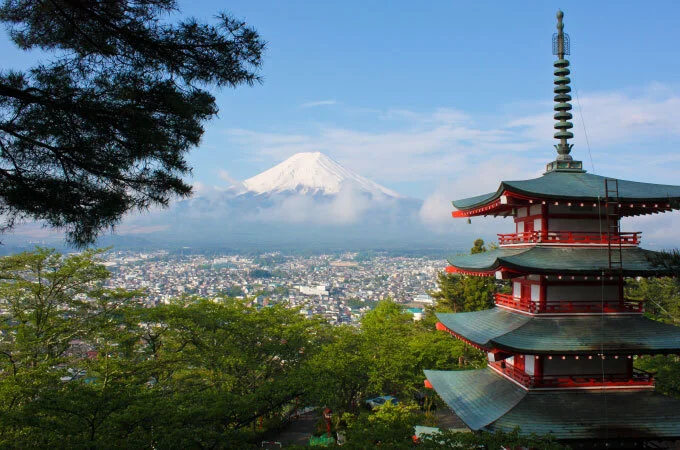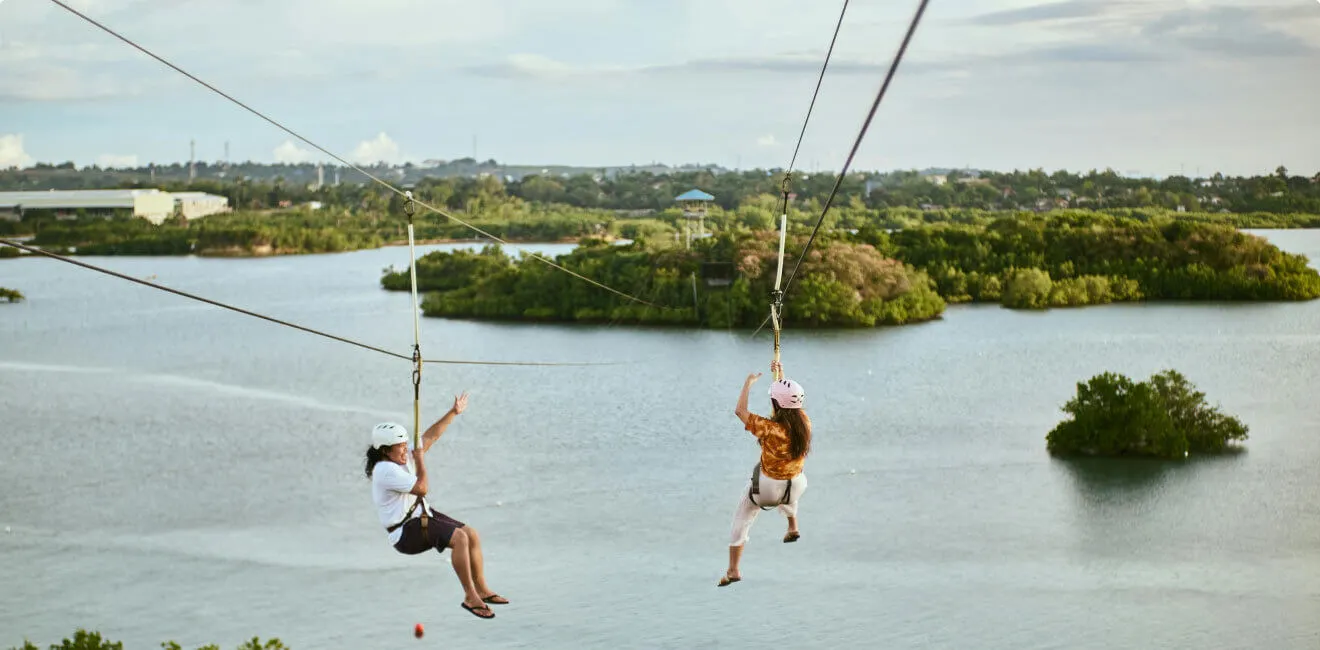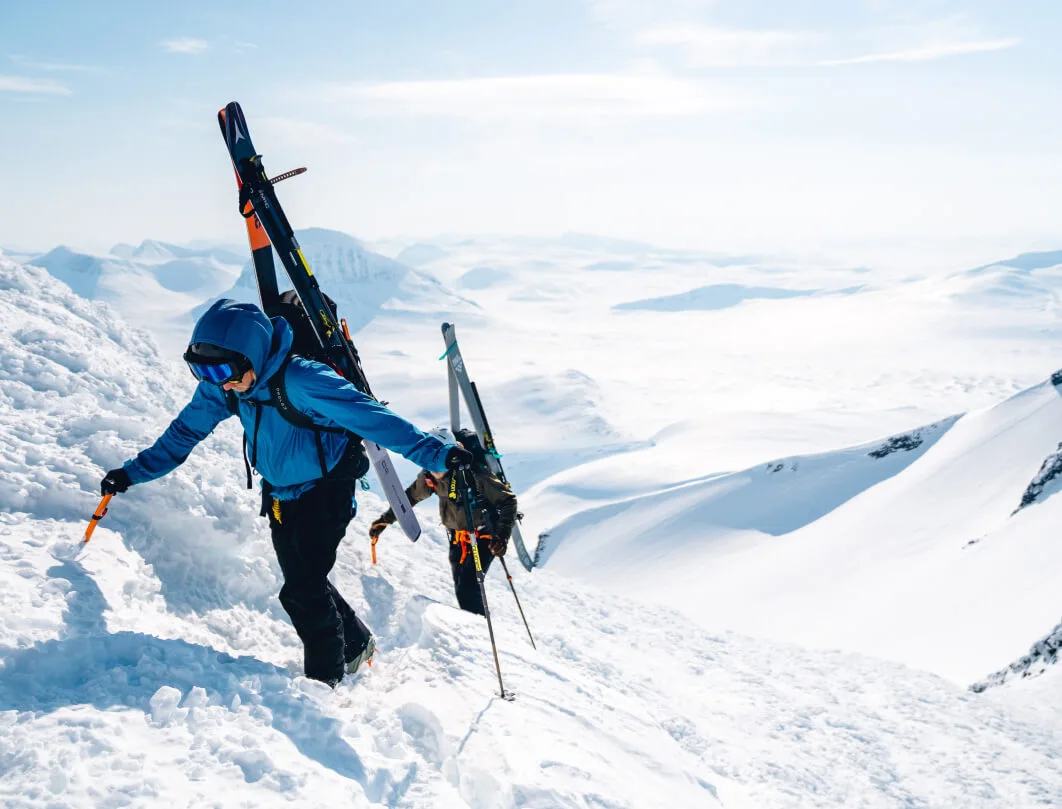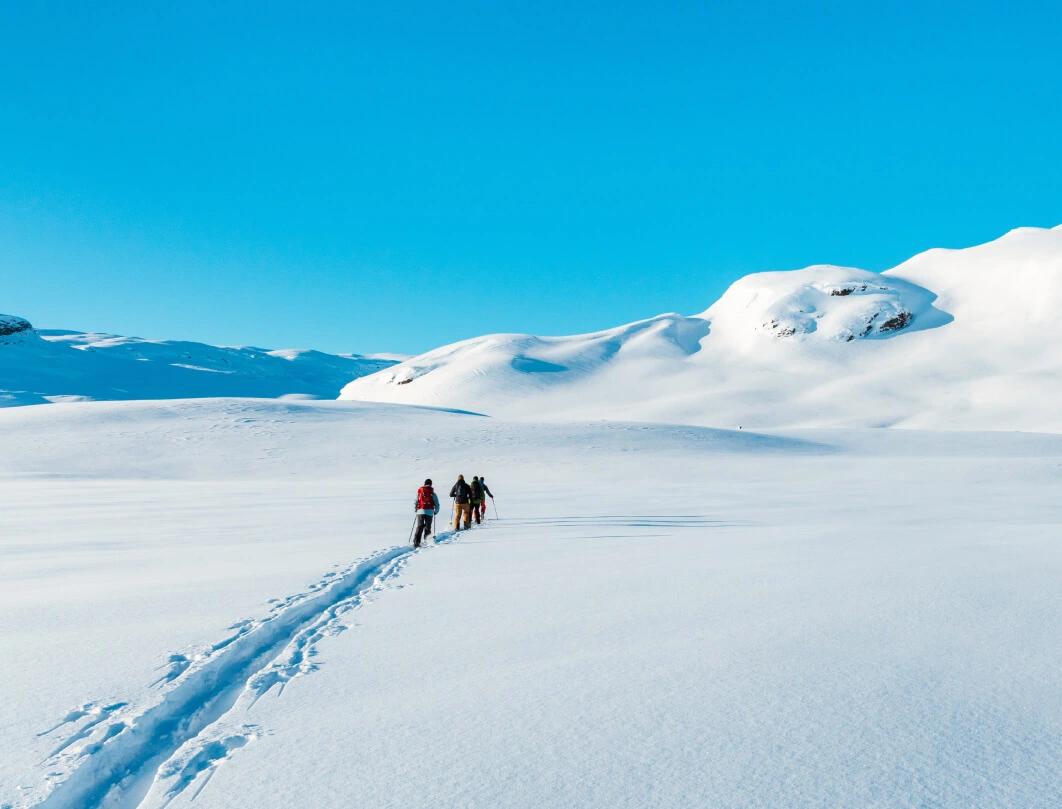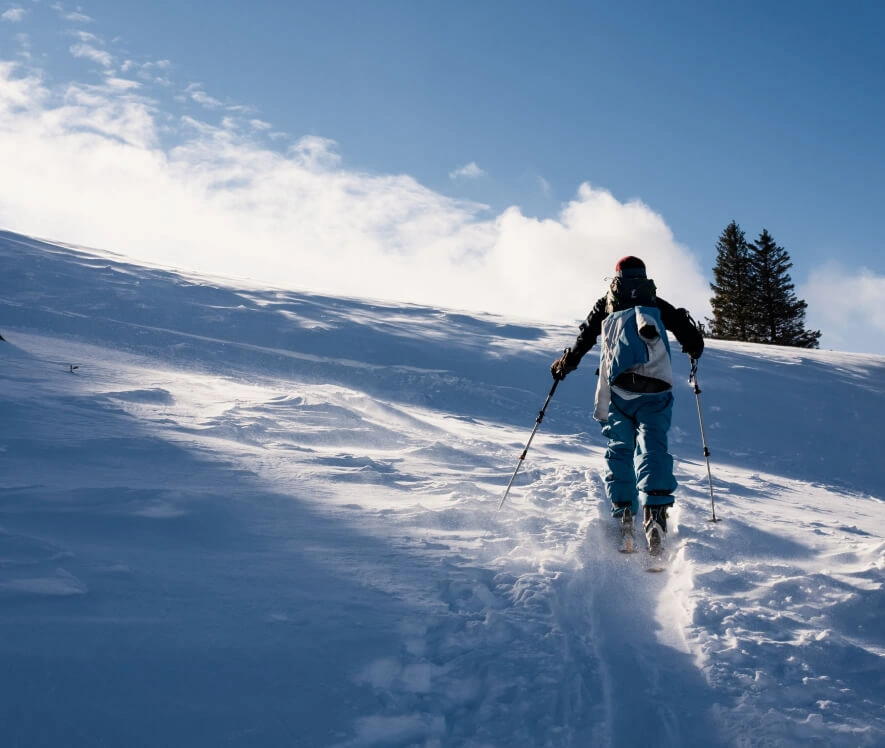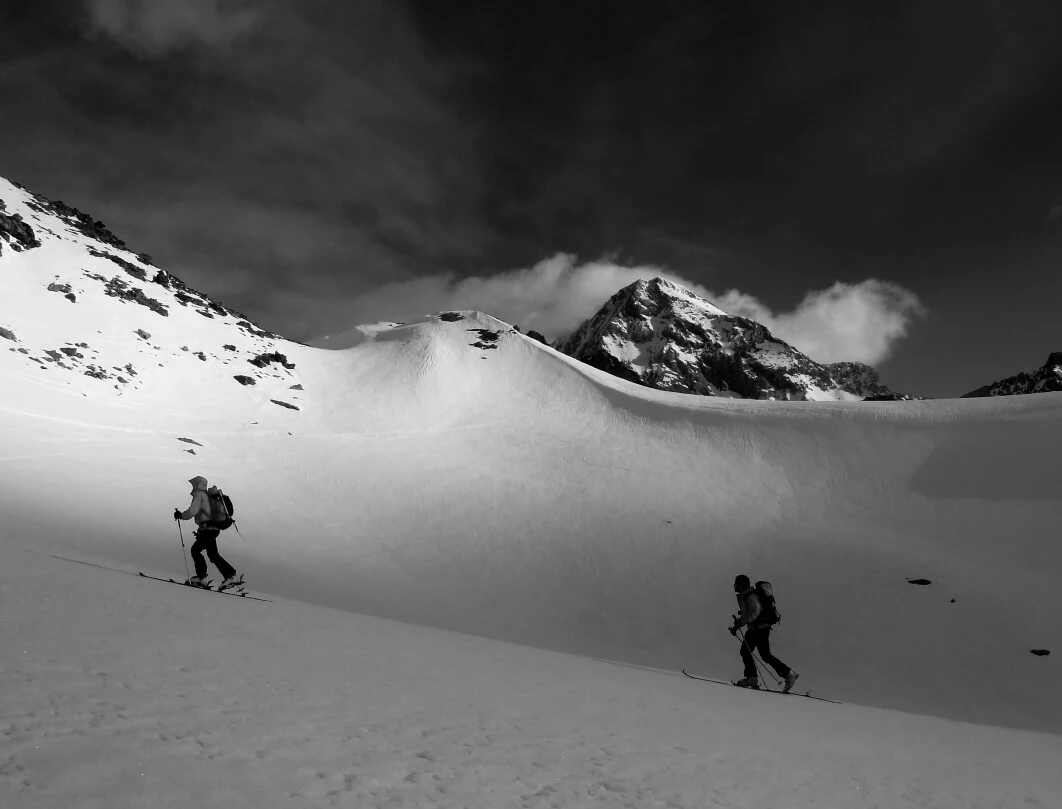Ski touring
฿69฿85/
Per Person
Included and Excluded
- Ski Touring Involves Exploring Remote, Off-Piste Terrains Away From Ski Resorts.
- A Full-Body Workout Combining Skiing, Hiking, And Endurance.
- Engaging In Challenging Ascents And Thrilling Descents On Various Terrains.
- Enjoying Pristine Landscapes And Serene Natural Environments.
- Carrying Safety Gear (Avalanche Transceivers, Shovels, Probes) And Knowledge Of Rescue Procedures.
- Ski Touring Typically Avoids The Amenities And Maintained Slopes Found In Ski Resorts.
- It Steers Clear Of Crowded Slopes And Lift Systems.
- Ski Touring Often Involves More Challenging And Varied Terrains, Less Suitable For Beginners.
- In Case Of Emergencies, Immediate Assistance May Not Be Readily Available Compared To Ski Resorts.
- Unlike Ski Resorts, Conditions In Backcountry Areas Can Vary Significantly And May Not Be Groomed Or Controlled.
Highlights of the Tour
- Immersion In Breathtaking, Untouched Landscapes Away From Crowded Ski Resorts.
- Combining Endurance And Skill While Exploring Diverse Terrains.
- Accessing Pristine, Less-Traveled Areas For A Unique Adventure.
- Strengthening Camaraderie Among Fellow Skiers In A Shared Outdoor Experience.
- Accomplishing Challenging Ascents And Thrilling Descents In Natural Settings.
- Feeling The Elements And Connecting With The Mountains In A Profound Way.
- Experiencing The Freedom Of Traveling Through Snowy Wilderness On Skis.
Activities Plan
- Morning: Final Gear Check And Packing.
- Midday: Travel To The Destination, Ensuring Everyone Has The Necessary Equipment And Provisions.
- Afternoon/Evening: Set Up Camp Or Accommodation, Review Safety Protocols, And Plan For The Following Days.
- Morning: Start With A Relatively Easier Route To Warm Up, Familiarize With The Terrain.
- Midday: Break For Lunch And Assess Conditions.
- Afternoon: Continue Exploring, Gradually Increasing Difficulty If The Group Is Comfortable.
- Evening: Return To The Base, Debrief, And Plan For The Next Day.
- Morning:Tackle A More Challenging Route, Considering The Group's Capabilities And Weather Conditions.
- Midday: Evaluate Progress, Take Necessary Breaks, And Ensure Safety Measures Are In Place.
- Afternoon: Enjoy The Terrain, Capturing The Scenic Beauty While Advancing In Skill And Terrain Difficulty.
- Evening: Reflect On The Day's Experience, Discuss Any Adjustments Needed For The Final Day.
- Morning: Summit Attempt And Departure
- Midday: Summit Attempt Or Reach The Day's Touring Goal.
- Afternoon: Begin Descent, Ensuring Safety And Enjoyment.
- Evening:Pack Up, Depart For Home Or The Next Destination, Debrief On The Overall Experience, And Celebrate The Adventure
Location Map
Frequently Asked & Question
Ski touring is a form of skiing where participants travel across snow-covered terrain using skis. It often involves traversing backcountry or off-piste areas, away from ski resorts.
Essential equipment includes touring skis, bindings, climbing skins, poles, boots suitable for touring, safety gear (avalanche transceiver, shovel, probe), and appropriate clothing for variable weather conditions.
Ski touring involves ascending slopes using skins or other equipment, then descending using skis. It's more about the journey and exploring off-piste terrain than the controlled descents found in downhill skiing at resorts.
Ski touring involves inherent risks associated with backcountry travel, including avalanches, changing weather conditions, and navigation challenges. Proper education, avalanche safety training, and carrying necessary safety gear are crucial for safety.
While some ski touring routes can be suitable for beginners, having prior skiing experience, especially in different snow conditions, can be beneficial for safety and enjoyment.
Yes, many outdoor adventure companies offer guided ski touring trips led by experienced guides who can enhance safety, provide local knowledge, and help plan routes.
Ski touring demands physical fitness, including endurance and strength. Preparing with cardiovascular exercise, strength training, and skiing practice is recommended.
Having a well-thought-out emergency plan, including communication devices, knowledge of rescue procedures, and first aid skills, is vital. Always inform someone about your itinerary before heading out.
จองกิจกรรม ของคุณ
จองกิจกรรม ของคุณ ตั้งแต่เนิ่นๆ เพื่อการเดินทางที่ไม่ยุ่งยาก สะดวกสบาย และปลอดภัย!

